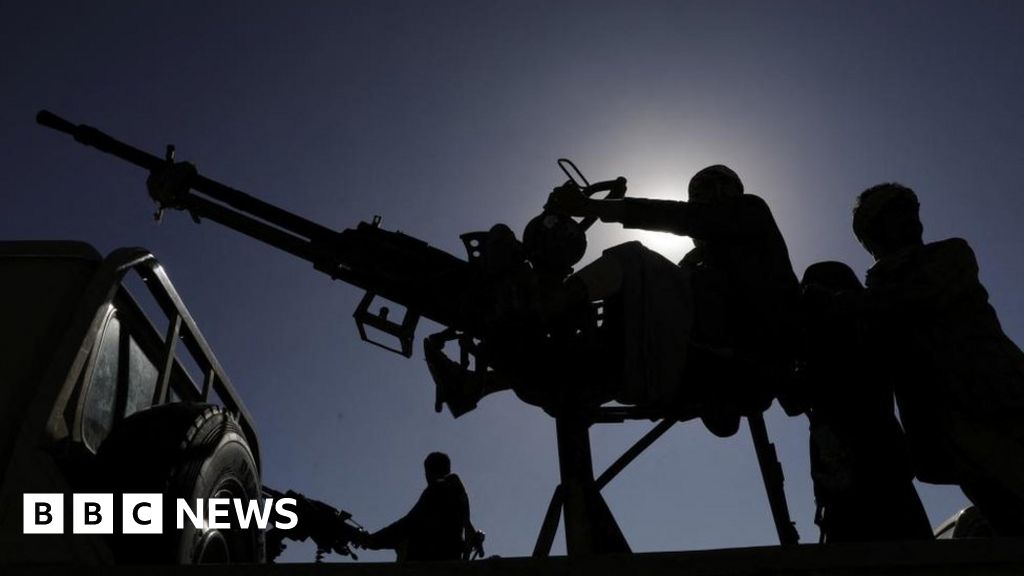For clarity (pedant mode ON) - It would be about 1/2 of that as they cruise at high subsonic speeds around 550-650kts, which would double the time to a 6 hour transit which would be very tiring for a single seat pilot (no-one in the back seat to talk with like Tornado), especially when you start to include the huge ramp up in stress at the halfway point over Yemen. To reach 1200mph (1042kts) it'd have to use afterburner which is extremely fuel hungry and, on the F-35, is time limited to roughly 60 second long bursts to avoid destroying the "stealth coatings".
Additionally, you were correct above when you mentioned that 8000 hours is the total life of the aircraft, not just between updates as you later wrote, so after 8000hrs the current plan is that they get scrapped. However, the F-35 has a lot of health monitoring sensors which constantly checks the stresses on the airframe which means that there may be a point where that 8000hrs gets extended or reduced based per aircraft on what those sensors say. Just as an example of typical aircraft life, most individual fast jets generally only tend to fly about 3-5 hours a week at most for day to day stuff (training etc) if they can stay serviceable for that long, but there's always the various deployments/exercises/operations which ramps up that weekly flying time significantly but generally 8000hrs is a long time in aircraft life.
Cool
 the more modern the plane, the higher the performance and thus stress on airframe.
the more modern the plane, the higher the performance and thus stress on airframe.




